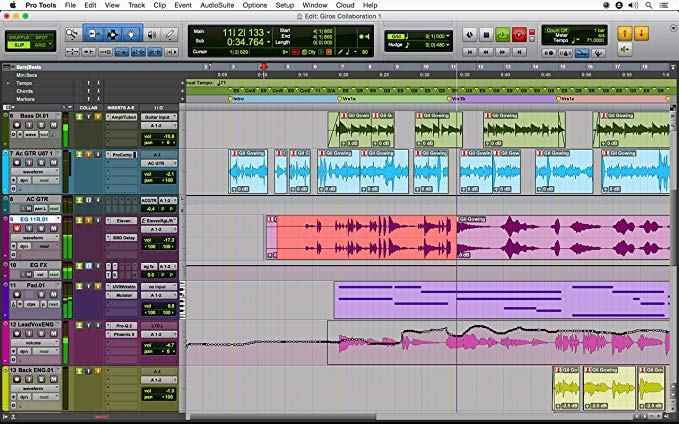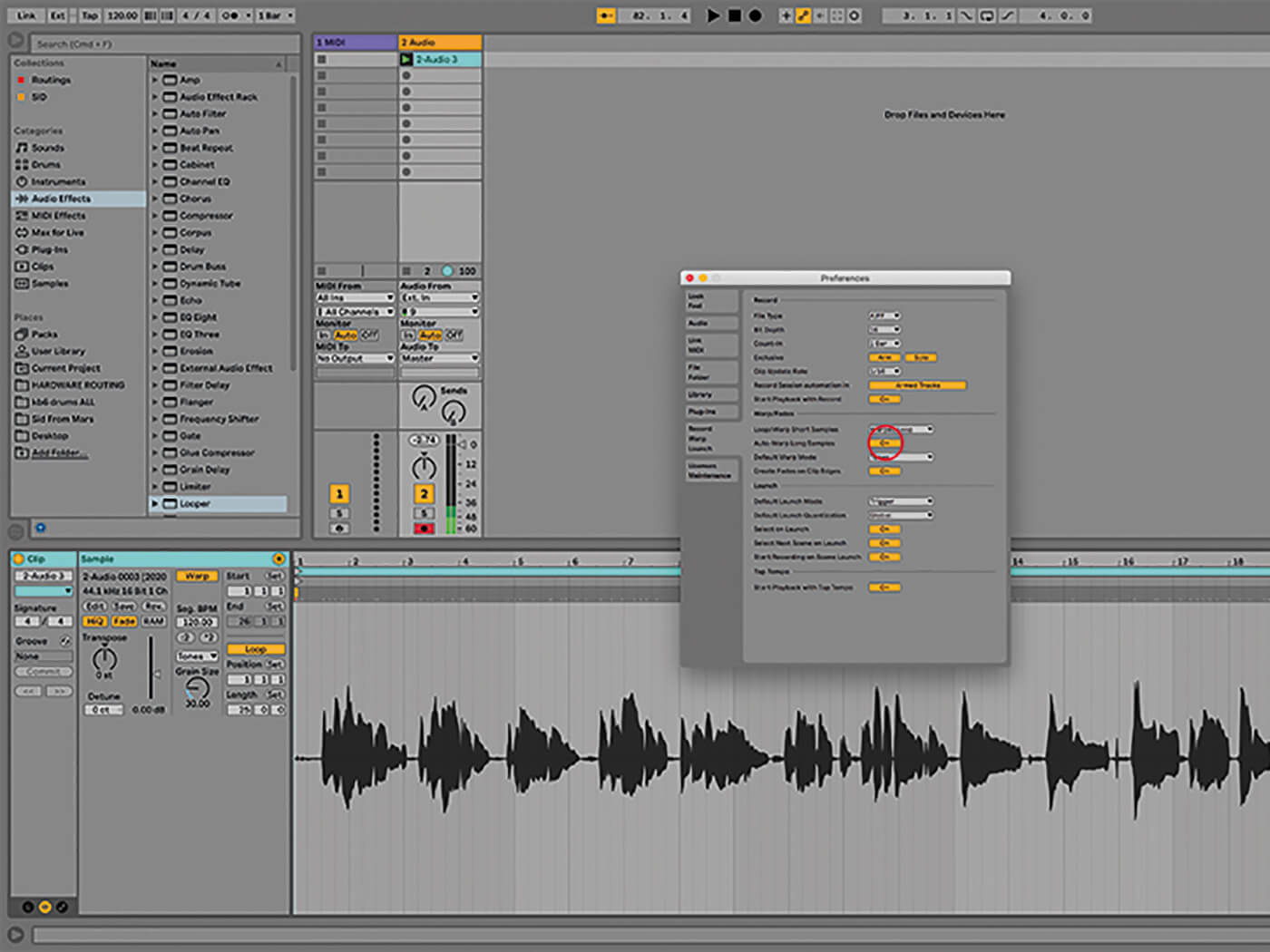

- #HOW TO USE VOCAL RECORDING SOFTWARE HOW TO#
- #HOW TO USE VOCAL RECORDING SOFTWARE PROFESSIONAL#
- #HOW TO USE VOCAL RECORDING SOFTWARE FREE#
If your computer is making noise-fans, for instance-turn it off and record into a hard-disk recorder. If you find yourself hearing something you can’t quite pinpoint, try turning off the lights in the space for re-recording. Same goes for air conditioners, and believe it or not, lights. If you’re getting noise from a fridge, unplug the fridge during the recording. Now that the room is relatively deadened, you want to make sure it’s quiet. Quiet your environment as much as possible If you’re the kind of person who likes a DIY project, you can build these panels yourself. If you have measurements of your room on hand, you can send them to many room treatment companies, where a trained acoustician can suggest products for you to buy, and places in your room to mount the products.
#HOW TO USE VOCAL RECORDING SOFTWARE HOW TO#
Learn more about consistency in recording environments, and how to set up your space in the video below. You may have to choose one of these facets over another, hence the balancing act. Finally, it should be out of the way of other traffic in your house.
#HOW TO USE VOCAL RECORDING SOFTWARE FREE#
It should also be free of unwanted resonances or reverbs, so we can rule out the bathroom.

It should be quiet, devoid of air conditioners, machine noises, and ambient sounds from the outside world-at least, as much as possible. In your house, the best recording space is a balancing act between various factors. This principle extends to your room: choose the best space to record, and always work there. In the world of audio, consistency means a good sound every single time. Establish a consistent recording environmentĪ good sound is nothing if it’s not consistent. There is no right answer here, especially when gear has never been as powerful and accessible as it is now. This means that you can take your own mic chain with you if and when you decide to record outside the homestead, maintaining a consistency and control that you wouldn’t get otherwise. It may be more costly, but you can always integrate a traditional XLR-based setup into any existing studio. XLR mics: The XLR route is more expensive up front, but opens up many more possibilities for outboard equipment. Keep in mind that it can be annoying to integrate a USB mic into an analog setup if you augment your setup with outboard gear.
#HOW TO USE VOCAL RECORDING SOFTWARE PROFESSIONAL#
This is changing all the time, with companies like Apogee and Antelope making stellar USB mics with professional quality. USB mics: A USB microphone will be easier, but you’ll be handicapped by qualities endemic to USB mics, including the built-in DAC- digital-to-analog converter-whose quality can be questionable. On the right, there’s a conventional microphone and all its accoutrements: cables, audio interfaces, and everything else that goes into making audio work in the non-USB world. When you first choose to record your vocals at home, there’s an immediate fork in the road. Room treatment, gear selection, proper voice care, mixing considerations-read on for useful tips on every step of the process. While it might feel overwhelming, great sounding audio at home is possible, and we’re here to show you how you can achieve it.

Recording vocals at home can seem overwhelming: a lot of things go into getting a good, clean vocal sound.


 0 kommentar(er)
0 kommentar(er)
